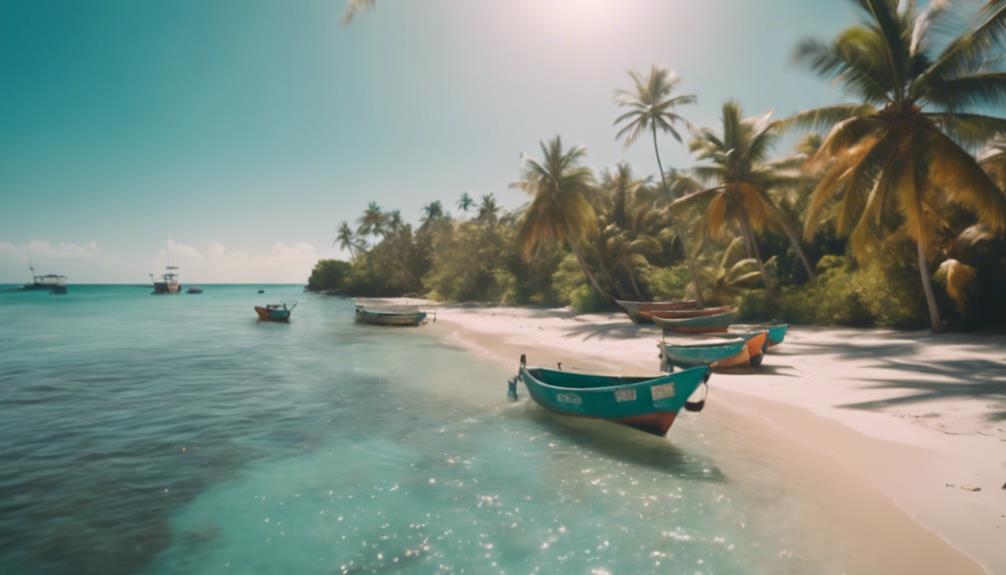Fly fishing for trout is a beloved pastime among anglers across the globe. Whether you’re a seasoned pro or a beginner looking to cast your first line, understanding the nuances of trouts fly fishing can enhance your experience and increase your chances of landing that prized catch. In this comprehensive guide, we’ll cover everything you need to know about trouts fly fishing, from essential gear and techniques to the best locations across the United States.
The Essential Gear for Trouts Fly Fishing
When embarking on your trouts fly fishing journey, having the right gear is crucial. The primary components include a fly rod, reel, line, and flies. For trout, a 3 to 5 weight rod is ideal, as it offers the sensitivity needed for these often finicky fish. A lightweight reel that balances with your rod is essential for smooth casting and retrieval.
Fly lines come in various types, but a floating line is usually the best choice for trout fishing, especially in still waters. The selection of flies is equally important; nymphs, dry flies, and streamers are popular options. Each type imitates different stages of a trout’s diet, so having a variety on hand will help you adapt to changing conditions.
Understanding Trout Behavior and Habitats
To be successful in trouts fly fishing, it’s vital to understand where trout live and how they behave. Trout prefer clean, cold streams and rivers, often seeking out areas with cover such as rocks, logs, or overhanging trees. They are typically found in deeper pools or under undercut banks during the day, moving to shallower waters during dawn and dusk when they are more active.
Temperature plays a significant role in trout behavior. Most trout species thrive in water temperatures between 55°F and 65°F. As temperatures rise, trout become less active, seeking cooler areas. Understanding these habits can help you choose the best times and locations for fishing, increasing your success rate.
Techniques to Master for Effective Trout Fly Fishing
Mastering various fly fishing techniques is key to becoming proficient in trouts fly fishing. One of the most important techniques is the cast. The basic overhead cast is essential, but mastering the roll cast and sidearm cast can help you navigate tricky situations, such as fishing in tight spaces or when dealing with wind.
Another crucial technique is the presentation of your fly. Trout are often wary, so a delicate presentation can make a significant difference. Learning to mend your line and control drag effectively will allow your fly to drift naturally, which is essential for enticing bites. Additionally, understanding how to read the water can identify where trout are likely to be feeding.
Choosing the Right Flies for Trout Fishing
The type of flies you use can dramatically affect your success in trouts fly fishing. There are two primary categories of flies: dry flies and nymphs. Dry flies float on the water surface and imitate adult insects, while nymphs are submerged and mimic juvenile insects.
For beginners, starting with a few versatile patterns, such as the Adams, Pheasant Tail Nymph, and Woolly Bugger, can cover a range of fishing conditions. As you gain experience, you’ll want to learn to match the hatch—selecting flies that closely resemble the insects currently present in the water. This knowledge can significantly increase your success rate.
Seasonal Considerations for Trout Fishing
Trouts fly fishing can vary significantly with the seasons. In spring, trout are often more active as they emerge from winter hiding spots. This is an excellent time for nymph fishing, as insects begin to hatch. Summer brings warmer water temperatures, which can slow down trout activity, making early morning and late evening the best times to fish.
Fall is a prime time for trouts fly fishing, as trout feed aggressively in preparation for winter. During this season, using larger flies can be effective. Winter fishing presents its challenges due to cold temperatures, but with the right gear and techniques, you can still find success, especially in the warmer pools.
Selecting the Best Locations for Trout Fly Fishing
The United States is home to countless fantastic trout fishing locations. Some of the top spots include the rivers and streams of Montana, Colorado, and the Great Smoky Mountains in Tennessee. Each of these regions offers unique landscapes and diverse trout species, ensuring that every angler can find their perfect fishing spot.
Additionally, local streams and ponds can also be excellent for trouts fly fishing. Researching local regulations and stocking schedules can help you identify nearby waters that may provide great opportunities. Always remember to practice catch-and-release to preserve these precious ecosystems for future generations of anglers.
Tips for a Successful Trout Fly Fishing Experience
To ensure a successful trouts fly fishing experience, preparation and adaptability are key. Always check the weather and water conditions before heading out, as these factors can greatly influence trout behavior. Additionally, maintaining a respectful distance from other anglers and practicing good etiquette is essential in shared fishing spaces.
Don’t hesitate to ask local anglers or shop owners for advice on recent hatches or effective techniques. Learning from the community can provide valuable insights that enhance your fishing experience. Lastly, keep a fishing journal to track your catches, techniques, and conditions, which can help you refine your skills over time.
Conclusion: Embrace the Joy of Trouts Fly Fishing
Trouts fly fishing is not just about the catch; it’s about enjoying nature and the thrill of the hunt. With the right gear, techniques, and knowledge of trout behavior, you can significantly enhance your fishing experience. Whether you’re casting your line in a serene mountain stream or a bustling river, the joy of fly fishing for trout awaits you. So grab your gear, find your favorite spot, and enjoy the rewarding experience of trouts fly fishing.
By following this guide, you’ll be well-equipped to embark on your trout fishing journey, ensuring that it’s both enjoyable and productive. Happy fishing!
